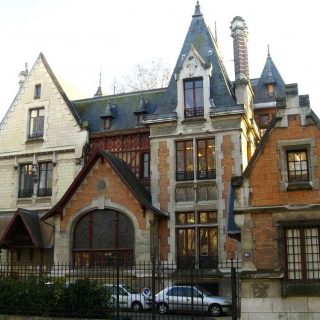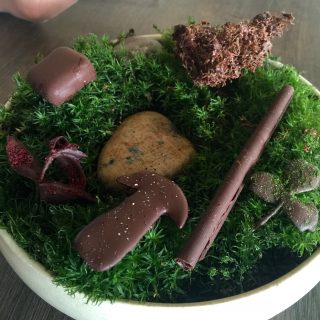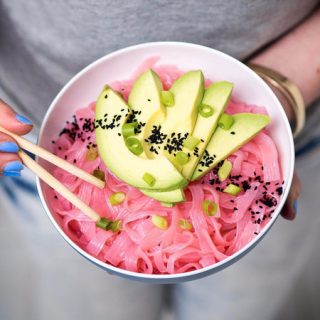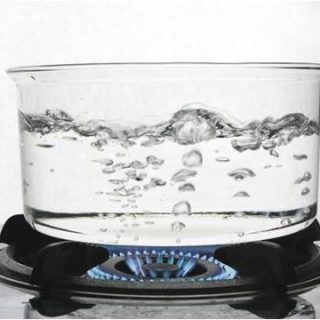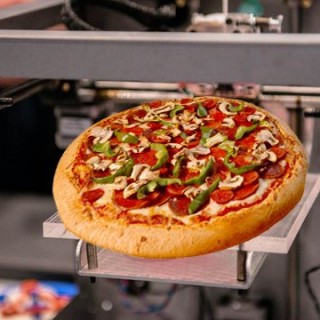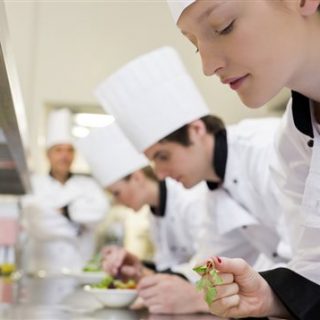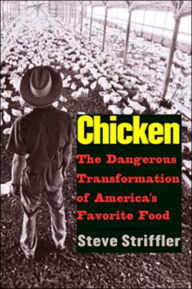 Anthropologist Steve Striffler begins this book in a poultry processing plant, drawing on his own experiences there as a worker. He also reports on the way chickens are raised today and how they are consumed. What he discovers about America’s favorite meat is not just unpleasant but a powerful indictment of our industrial food system. The process of bringing chicken to our dinner tables is unhealthy for all concerned—from farmer to factory worker to consumer.
Anthropologist Steve Striffler begins this book in a poultry processing plant, drawing on his own experiences there as a worker. He also reports on the way chickens are raised today and how they are consumed. What he discovers about America’s favorite meat is not just unpleasant but a powerful indictment of our industrial food system. The process of bringing chicken to our dinner tables is unhealthy for all concerned—from farmer to factory worker to consumer.
The book traces the development of the poultry industry since the Second World War, analyzing the impact of such changes as the destruction of the family farm, the processing of chicken into nuggets and patties, and the changing makeup of the industrial labor force. The author describes the lives of immigrant workers and their reception in the small towns where they live. The conclusion is clear: there has to be a better way. Striffler proposes radical but practical change, a plan that promises more humane treatment of chickens, better food for the consumer, and fair payment for food workers and farmers.
Contents :
PART I: A New Bird
I. Love That Chicken!
II. An American Industry
III. Anatomy of a Merger
IV. The Right to Work
PART II: A New Worker
V. Getting Here
VI. Inside a Poultry Plant
VII. Growing Pains
VIII. Toward a Friendlier Chicken
Order the book
Food 2.0 LAB in association with Amazon
Books by the same author –






